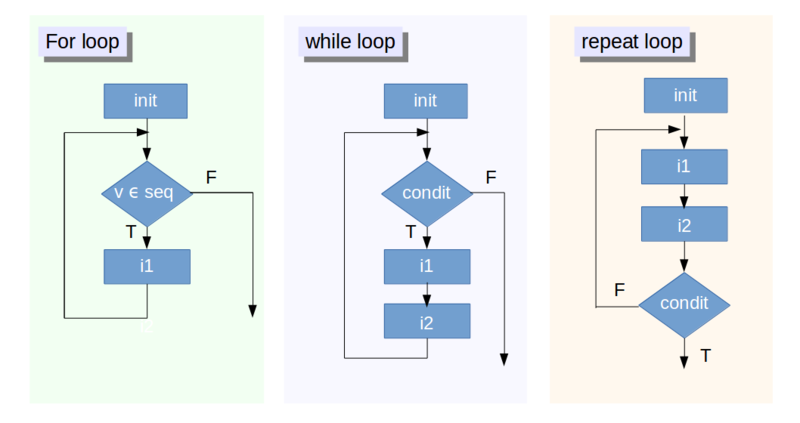
Lapply()iterate over a single R object but What if you want to iterate over multiple R objects in parallel then mapply() is the function for you. Mapply gives us a way to call a non-vectorized function in a vectorized way.
Sapply For Loop In R How To Create Exactly
Arguments are recycled if necessary.Example 2: Using lapply () Function Instead of for-Loop (Fast Alternative) This Section explains how to create exactly the same output as in Example 1 using the lapply function in combination with the invisible function in R. Have a look at the following R syntax and its output: invisible ( lapply (1:5, Using lapply function function ( i. To get the list of arguments it takes just type str(mapply).Apply Family of functions is in-built functionality of R and is an easy way to avoid loops and reduces computation time.The video summarizes :- apply() in R.Function (FUN, …, MoreArgs = NULL, SIMPLIFY = TRUE, USE.NAMES = TRUE) Get the help file by typing ?mapply in your R console. We’ve set up an if/else statement to identify whether the first entry in our table is from 1984, but we want to know that information for all of the entries in our table. How can we make R look at each row and tell us if an entry is from 1984 Loops are a powerful tool that will let us repeat operations.sapply in R. The sapply() function behaves similarly to lapply() the only real difference is in the return value.
...

Patrick Burns' The R Inferno has a really good chapter on replacing loops with vectorised functions and is well worth checking out. If you really do need to use a loop, try and keep as much outside of it as possible, build your sequences beforehand and rather than growing your vectors with each iteration, assign an empty matrix of the correct size at the start and fill it up using subscripting. The fact is that removing loops will almost always make things faster, simpler and more readable.Wherever you find yourself wanting to write a for loop in R, stop and think.


 0 kommentar(er)
0 kommentar(er)
